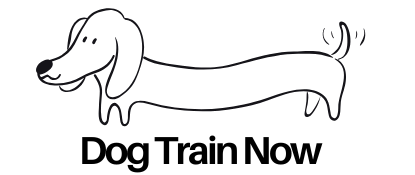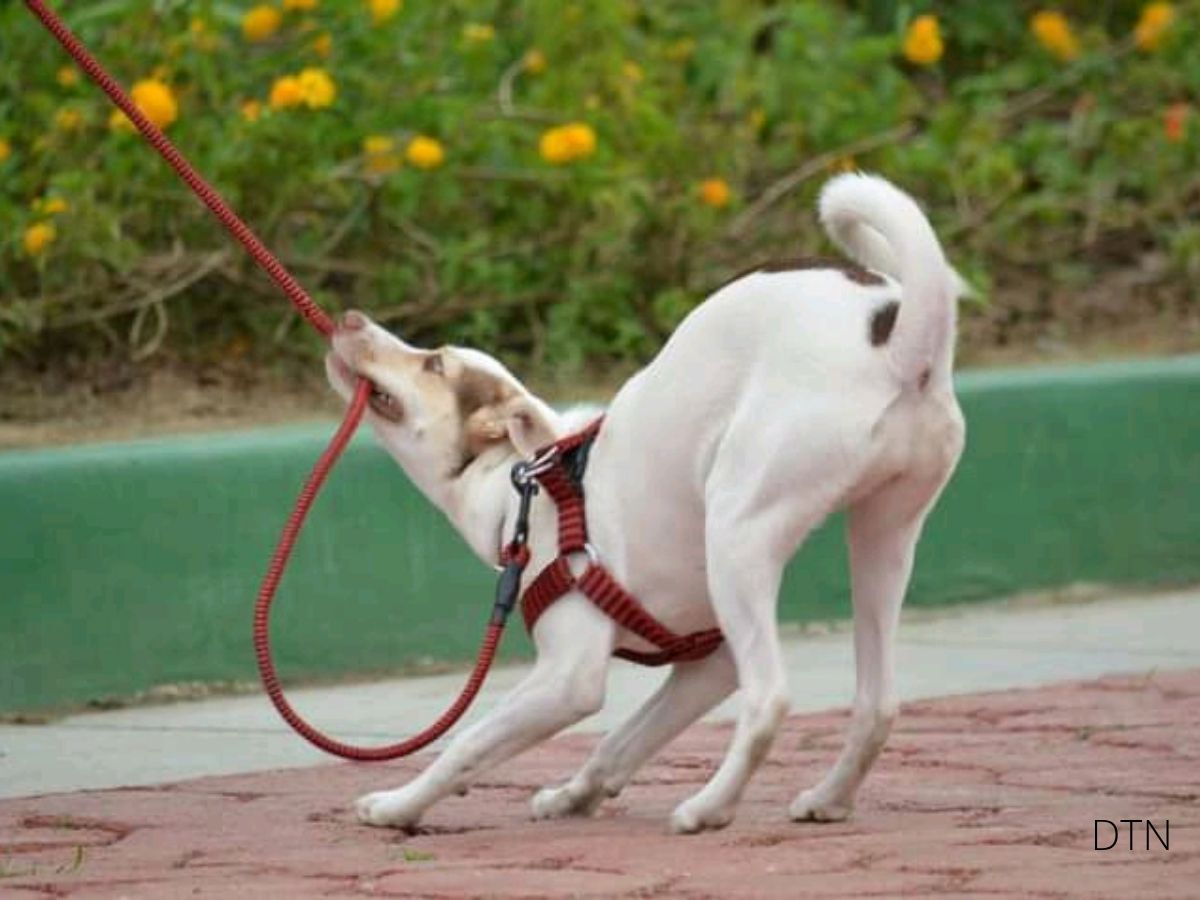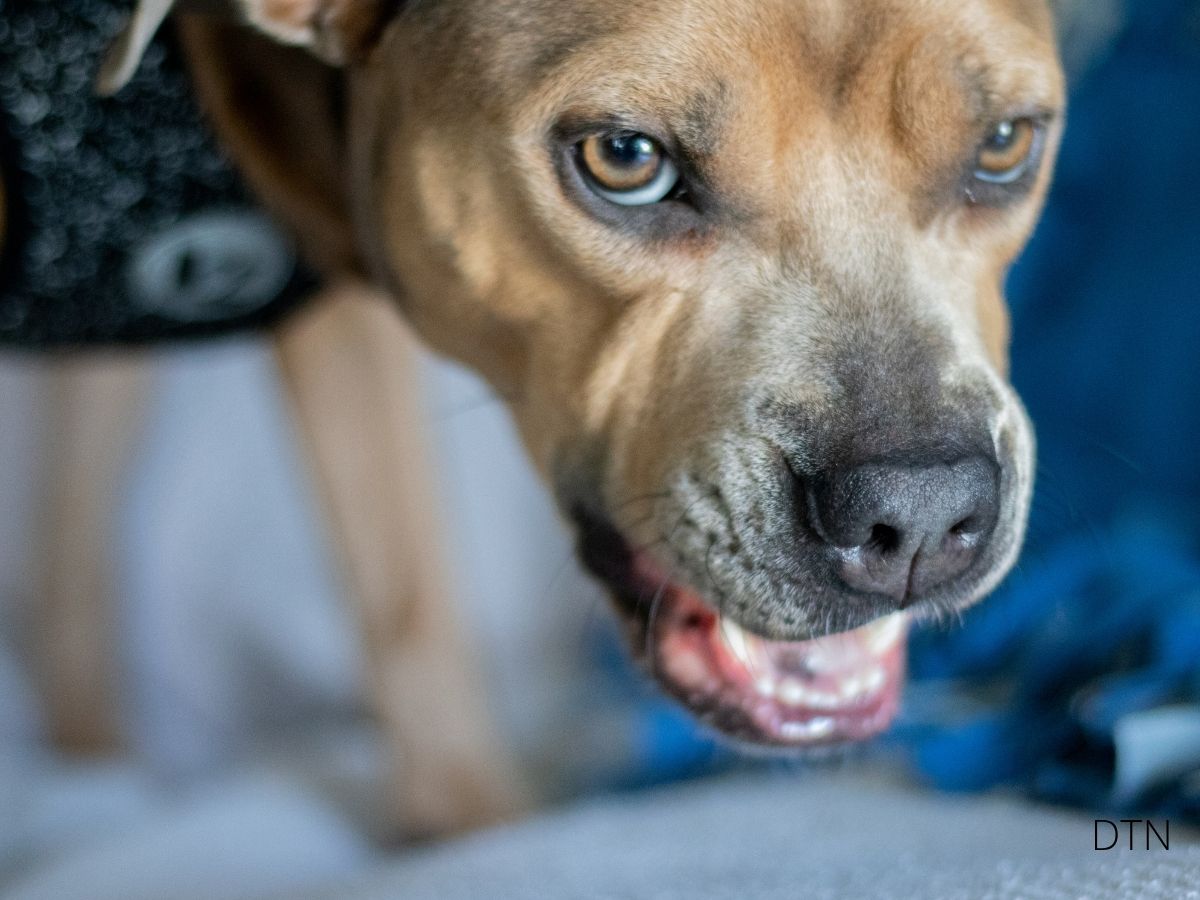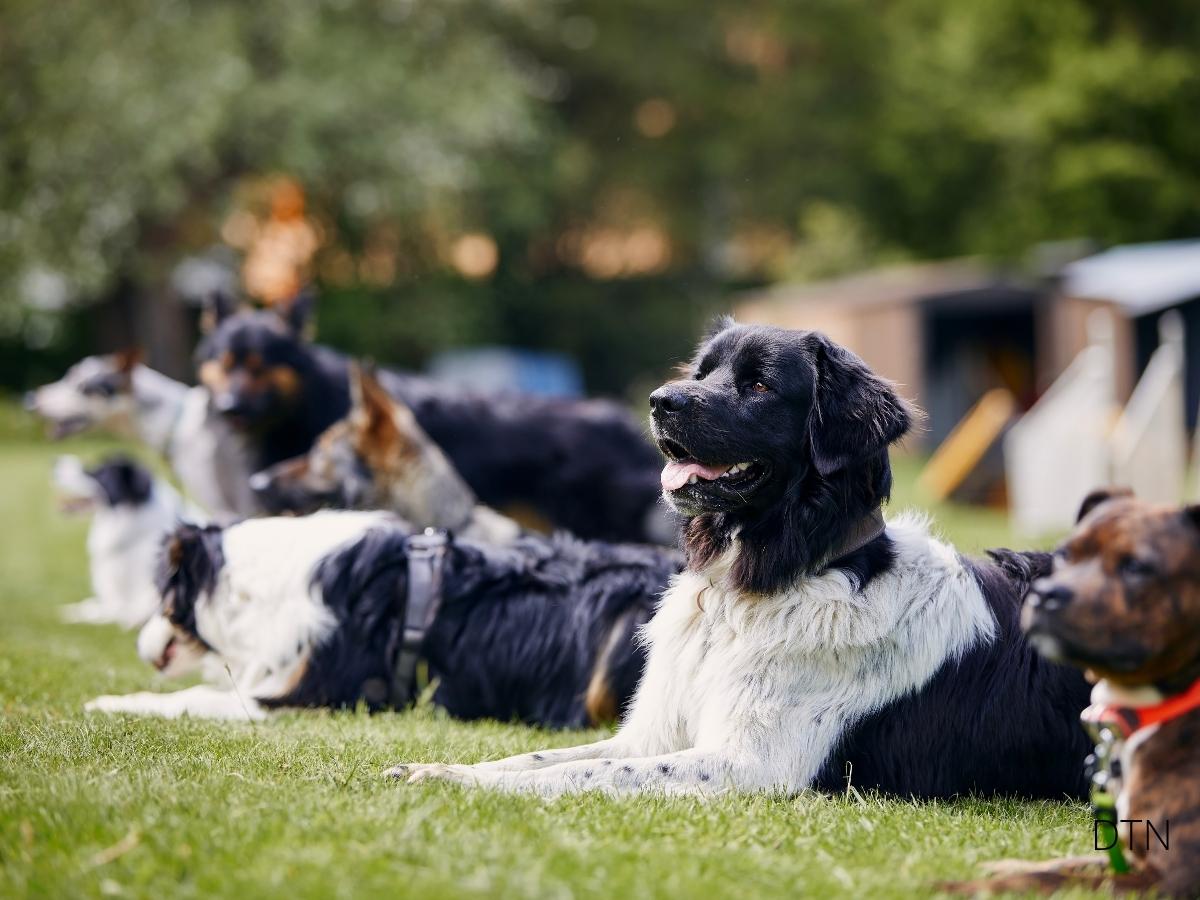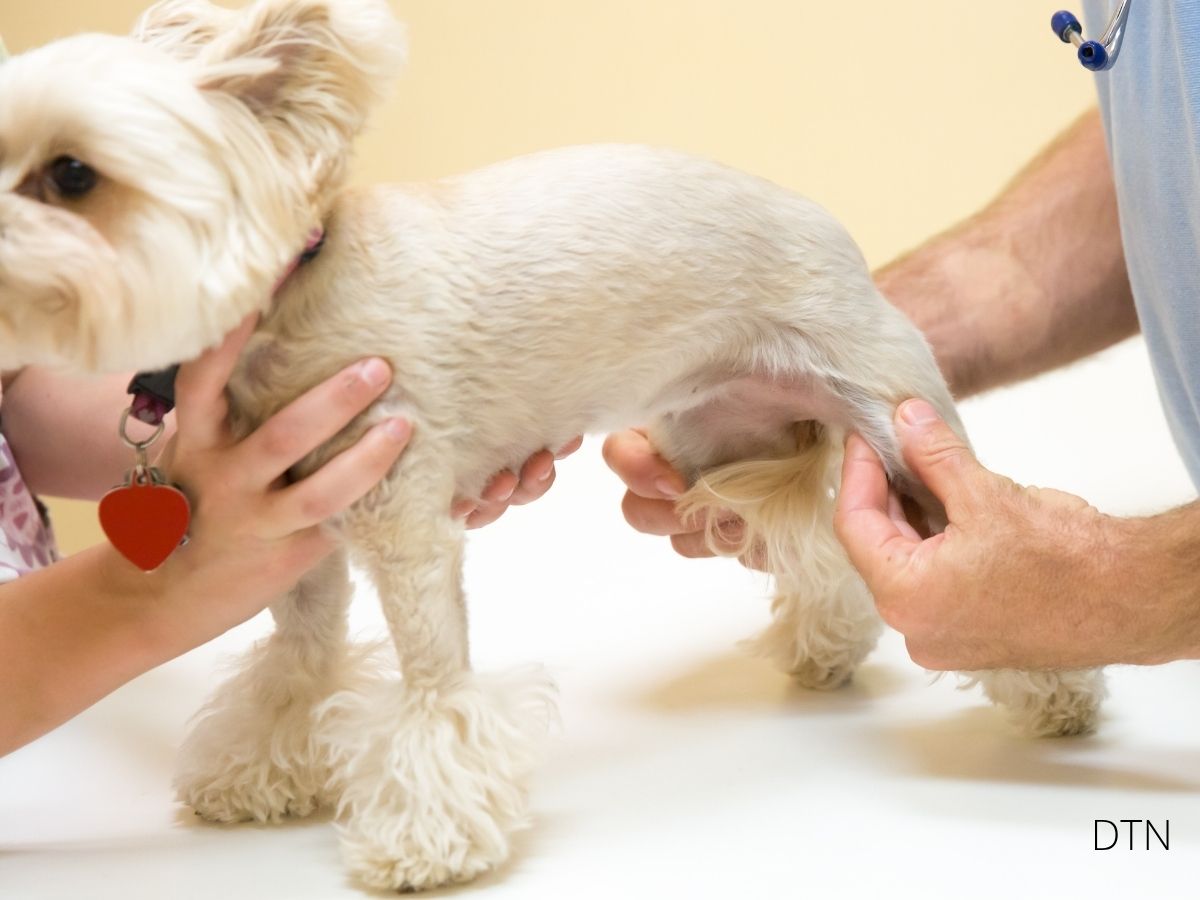Your dog knows you’re coming home before you pull into the driveway. They head to their food bowl minutes before mealtime. They hide when you reach for the nail clippers. This isn’t magic—it’s their remarkable predictive brain at work, constantly calculating what happens next based on subtle patterns you don’t even notice.
This predictive ability shapes every aspect of your dog’s behavior, from their daily excitement to their deepest anxieties. Understanding how your dog’s brain creates and uses predictions can transform how you train, comfort, and live with your four-legged companion.
The Science of Canine Prediction
Your dog’s brain operates as a sophisticated prediction engine, using a process called predictive coding. Rather than simply reacting to events, their brain constantly generates expectations about what will happen next, then compares these predictions to reality. When predictions match, your dog feels secure. When they don’t, their brain must quickly adapt.
This system evolved from survival necessity. Wild canids who could accurately predict predator behavior, prey movements, and pack dynamics survived better than those who couldn’t. Today’s dogs use these same neural circuits to navigate human households, predicting everything from your mood changes to the mailman’s arrival time.
The neurological foundation involves complex networks similar to those in human brains. The hippocampus stores patterns, the prefrontal cortex processes predictions, and the striatum guides behavior based on expected outcomes. When your dog anticipates their walk, these regions work together, creating not just expectation but physical preparation—increased heart rate, muscle readiness, and focused attention.
How Predictions Shape Daily Life
Watch your dog throughout a typical day, and you’ll see predictions everywhere. They don’t just respond to breakfast—they predict it from your morning routine. The sound of your alarm, your footsteps to the bathroom, the coffee maker starting—each becomes a predictive cue in an elaborate chain leading to mealtime.
This predictive framework extends to social interactions. Your dog learns to predict your emotional states from subtle cues: the tension in your shoulders after a hard day, the lightness in your step when you’re happy. They respond to these predictions, perhaps bringing a toy when they sense you need cheering or giving space when they predict you’re stressed.
Different types of anticipation create different responses. Positive predictions—expecting treats, walks, or playtime—trigger dopamine release before the reward arrives. This anticipatory pleasure explains why your dog gets excited just seeing their leash. Negative predictions work differently, activating stress systems in advance. A dog who predicts vet visits from seeing their carrier experiences anxiety before leaving home.
When Predictions Cause Problems
Anxiety often stems from predictive dysfunction. A dog with generalized anxiety has a predictive system that sees danger everywhere. Every sound might be a threat, every stranger potentially dangerous. This constant negative prediction exhausts mental resources and creates chronic stress.
Separation anxiety represents a specific predictive crisis. Your dog’s ancient brain predicts that separation equals abandonment, triggering panic. They recognize increasingly subtle departure cues—checking your phone, putting on shoes, grabbing keys—each escalating their distress as their brain fast-forwards to the dreaded alone time.
Behavioral problems frequently arise from prediction errors—moments when reality doesn’t match expectations. A dog used to strict routines may struggle when schedules change. One who predicts all dogs are friendly may react badly to an aggressive encounter. These prediction errors can create lasting negative associations if not properly managed.
Compulsive behaviors like excessive licking or tail chasing often emerge when dogs cannot form coherent environmental predictions. The repetitive action provides predictable sensory feedback in an otherwise unpredictable world—a desperate attempt to create some realm of certainty.
Training Through the Predictive Lens
Effective training works by installing new predictive programs in your dog’s brain. When you consistently pair a command with an outcome, you’re teaching their brain a predictive equation: “Sit” predicts praise and treats. The more consistent this pairing, the stronger the prediction becomes.
Timing matters enormously. The closer the command and reward, the stronger the predictive link. This explains why immediate marking with a clicker works so well—it creates a tight predictive connection between behavior and outcome. Delayed reinforcement weakens these pathways.
Context affects predictions significantly. Your dog might perfectly predict that “sit” in the kitchen means treats, but the same command at the park might not trigger the same response. This isn’t stubbornness—their predictive brain operates with context-specific models. Successful training builds predictions across various contexts.
Building resilience requires controlled unpredictability. While dogs thrive on routine, they also need to cope with change. Gradually introducing small variations—different walking routes, varied training locations, changing reward types—teaches the predictive brain to remain flexible while maintaining core behavioral predictions.
Every dog must have his day.
– Jonathan Swift

Age and Breed Differences
Puppies’ predictive systems develop rapidly but chaotically. Between 8-16 weeks, they’re forming basic predictive templates, but these are fragile and easily overwhelmed. This explains why puppies struggle with impulse control—their brains can’t yet reliably predict consequences.
Senior dogs face opposite challenges. Age-related cognitive changes affect prediction formation and retrieval. Your older dog might stand at the wrong side of the door or seek dinner right after eating—their established predictive models are breaking down. Increasing environmental predictability and providing clear cues helps support their declining predictive abilities.
Breed-specific traits reflect different predictive specializations. Herding breeds possess extraordinary movement prediction abilities, constantly calculating where things will be, not just where they are. Hunting breeds excel at sequential predictions—complex chains where one event predicts the next. Guardian breeds specialize in anomaly detection, quickly establishing baselines and reacting to deviations.
These genetic differences affect training and management. A Border Collie’s hyperdeveloped movement prediction might manifest as obsessive ball chasing. A retriever’s sequential prediction drive explains their constant toy-bringing. Understanding your dog’s breed-specific predictive tendencies helps explain behaviors that might otherwise seem problematic.
The Human-Dog Connection
Your emotional state directly influences your dog’s predictions. When you’re anxious, your body broadcasts stress signals that your dog’s brain incorporates into its environmental assessment. “Human is tense, therefore danger is likely.” This happens faster than conscious thought.
Dogs develop predictive models of your entire behavioral pattern. They learn to predict your mood from posture, intentions from movement patterns, availability from activity level. This explains seemingly psychic abilities—like bringing their leash right when you’re thinking about a walk. They’ve learned to predict your “walk readiness” from cues you don’t realize you’re giving.
Creating harmony means establishing mutual predictive patterns. Develop clear signals for availability versus need for space. Maybe sitting in a specific chair means cuddle time, while working at your desk means independent time. These shared predictive frameworks reduce frustration and strengthen your bond.
Practical Applications
Supporting your dog’s predictive brain requires balancing structure with flexibility. Maintain consistent meal times, walk schedules, and bedtime routines to provide security. Within this framework, introduce small variations that teach adaptability without causing stress.
Recognize signs of predictive struggle: increased vigilance, difficulty settling, overreaction to minor changes, slow recovery from surprises. These indicate an overwhelmed predictive system needing support. Early intervention prevents problems from becoming entrenched.
For anxious dogs, create predictive anchors—reliable positive predictions that provide security. Special rituals for stressful events (vet visits, thunderstorms) offer predictable comfort within unpredictable situations. These don’t eliminate stress but provide stable elements their brain can count on.
Counter-conditioning targets maladaptive predictions directly. By repeatedly pairing feared stimuli with positive outcomes, you gradually rewrite predictive associations. Success requires patience—you’re competing against potentially years of established predictions.
Looking Forward
Understanding your dog’s predictive brain transforms how we interpret their behavior and meet their needs. That seemingly psychic ability, the anxiety before vet visits, the joy at hearing their leash—all stem from a sophisticated neural system constantly predicting and adapting.
Living harmoniously with your dog means respecting their predictive nature while building resilience for our unpredictable world. Create predictable foundations that provide security, introduce controlled challenges that build confidence, and recognize when predictive systems need support.
Every interaction engages your dog’s predictive brain. The consistency of your care creates the ultimate positive prediction: that life with you is safe and rewarding. Consider how you can enrich your dog’s predictive world—creating more positive anticipation, addressing predictive difficulties, building confidence in handling change.
Your dog’s predictive brain is simultaneously robust and fragile, capable of remarkable adaptation yet vulnerable to overwhelming uncertainty. By understanding these mechanisms, you provide not just training but genuine cognitive and emotional support. In helping our dogs build healthy predictions, we create a more secure world for them—and they enrich our lives with their remarkable ability to anticipate our needs and share our daily rhythms.
